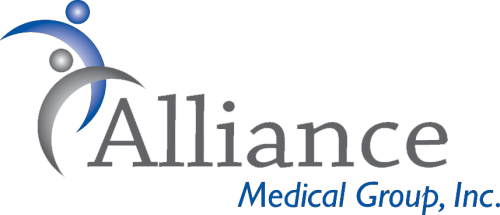Sallie Mae

This page is a collection out of blog areas you will find up to which search term. Each header is related with the new site. For every link during the Italic was a link to another search term. Because our very own stuff spot has now over 1,500,000 blogs, members was basically requesting an element enabling them to realize/discover blogs you to definitely revolve up to specific words.
step 1.Government-Paid Businesses (GSEs) [Modern Blogs]
government-sponsored enterprises (GSEs) play a crucial part from the thread industry, offering a unique avenue for investors to diversify their portfolios while supporting vital sectors of the economy. These agency bonds, issued by GSEs, are backed by the full faith and credit of the online loan Twin United States government, making them a relatively safer investment alternative. In this section, we will delve into the various types of agency bonds issued by GSEs and explore their significance in the bond market.
1. federal National Mortgage association (Fannie Mae): Fannie Mae was established in 1938 to provide stability and liquidity to the mortgage market. It purchases mortgages from lenders, pools them together, and sells them as mortgage-supported bonds (MBS) to investors. By doing so, Fannie Mae helps to ensure the availability of affordable housing finance options for Americans. Fannie Mae may purchase this mortgage from the bank, providing liquidity to the bank and enabling it to issue more mortgages to other homebuyers.
2. federal Home Loan mortgage Corporation (Freddie Mac): Similar to Fannie Mae, Freddie Mac operates in the second home loan industry. It purchases mortgages from lenders, packages them as MBS, and sells them to investors. The primary goal of Freddie Mac is to promote homeownership and provide stability to the housing market. Both fannie Mae and Freddie mac play a essential role within the guaranteeing the availability of affordable mortgage financing to borrowers, supporting the housing market’s overall health.
3. Federal Farm Credit Banks Funding Corporation (FFCBFC): The FFCBFC issues bonds on behalf of the farm Credit system (FCS), a network of cooperative banks providing credit and financial services to farmers, ranchers, and agricultural cooperatives. These bonds, known as Farm Credit Systemwide Bonds, are backed by the pooled assets of the FCS banks. The FFCBFC raises funds through the sale of these bonds and then lends the proceeds to individual FCS banks, enabling them to offer competitive rates of interest to agricultural borrowers.
cuatro. Tennessee Area Power (TVA): The newest TVA is actually an alternative GSE you to definitely operates as a self-capital organization. It generates energy and you can offers it to customers, making use of the money to fund their working will cost you and you will finance infrastructure ideas . Brand new TVA activities bonds to invest in their operations and you can financial investments into the energy age bracket, indication, and you can environment stewardship. Such securities are considered safer assets as a result of the TVA’s government support and its own very important character inside the getting sensible and credible fuel on the Tennessee Valley region.
5. Student Loan Marketing Association (Sallie Mae): Sallie Mae, now known as Navient, was originally established to support the federal student loan program. However, it has since transitioned into a private entity. Sallie Mae still issues agency bonds backed by the federal government, but its primary focus is on providing private student loans. These bonds allow Sallie Mae to raise funds at beneficial rates of interest, which it then uses to extend loans to students pursuing higher education.
6. Government national Mortgage association (Ginnie Mae): Ginnie Mae guarantees the timely payment of principal and interest on mortgage-backed securities backed by federally insured or guaranteed loans, such as those insured by the Federal Housing Administration (FHA) or guaranteed by the Department of Veterans Affairs (VA). Investors in Ginnie Mae securities receive monthly installments of principal and interest, making it an attractive investment option for income-oriented investors seeking a steady stream of cash flow.
